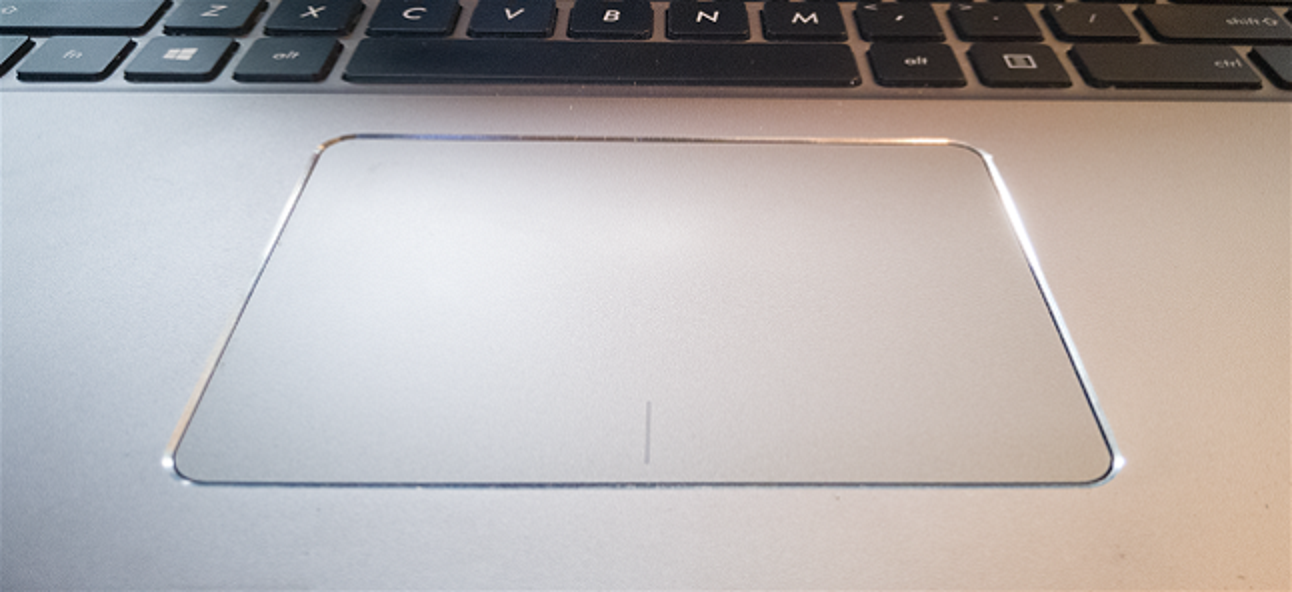Traditional Touchpad
A traditional touchpad is a pointing device that is found on many razer blade laptops and notebook computers. It is a flat, rectangular surface that detects the movement of the user’s finger to control the cursor on the screen. It can be used to move the cursor, click, double-click, and drag items on the screen. It is usually located beneath the keyboard, and can be used in place of a mouse. Some touchpads also have integrated buttons for left and right clicks, and some even have multi-touch capabilities, allowing for gestures such as zooming and scrolling.
Benefits Of Traditional Touchpads
- Familiarity: Traditional touchpads have been around for decades and are widely used on laptops and other devices. Many users are already familiar with the layout and function of these touchpads, making them easy to use and navigate.
- Precision: Traditional touchpads offer more precision when compared to touchscreens. They allow for more precise cursor movement and gesture recognition.
- Durability: Traditional touchpads are more durable than touchscreens. They are not as prone to scratches or cracks as touchscreens, and are less likely to malfunction due to physical damage.
- Cost-effective: Traditional touchpads are generally less expensive than touchscreens. This makes them a cost-effective option for manufacturers, who can include them in their devices at a lower cost.
- Power efficiency: Traditional touchpads consume less power than touchscreens, making them a more energy-efficient option. This can prolong the battery life of devices that use them.
- Customization: Traditional touchpads can be customized to suit the needs of different users. They offer a variety of features and settings that can be adjusted to suit the preferences of different users.
Cons of Traditional Touchpads
- Lack of precision: Traditional touchpads are not as accurate as a mouse, making it difficult to select small items or perform precise movements.
- Limited gesture support: Traditional touchpads often have limited gesture support, making it difficult to perform tasks such as scrolling or zooming.
- Unresponsive: Traditional touchpads can be unresponsive at times, making it difficult to navigate through menus or select items.
- No tactile feedback: Traditional touchpads do not provide any tactile feedback, making it difficult to know when you have selected an item or when you are hovering over a button.
- Limited customization: Traditional touchpads often have limited customization options, making it difficult to adjust settings to suit your needs.
- Not as durable: Traditional touchpads are not as durable as other input devices, making them more prone to wear and tear over time.
- Not suitable for gaming: Traditional touchpads are not suitable for gaming as they lack the precision and control needed for fast-paced crazy unblocked games.
Applications of Traditional Touchpads
- Laptops: Traditional touchpads are commonly found on laptops as a way to navigate the cursor and interact with the operating system.
- Desktop computers: Some desktop computers also come with traditional touchpads as an alternative to a mouse.
- Gaming laptops: Some gaming laptops feature traditional touchpads that can be used as an additional input device in certain games.
- Smart TVs: Some smart TVs have traditional touchpads built into the remote control, allowing users to navigate the menu and select options.
- Point-of-sale systems: Traditional touchpads are often used in point-of-sale systems as a way for users to input information and complete transactions.
- Industrial control systems: Traditional touchpads are sometimes used in industrial control systems as a way for operators to navigate and control various processes.
- Medical equipment: Traditional touchpads are used in some medical equipment to navigate menus and input data.
- Automotive systems: Traditional touchpads are used in some automotive systems, such as infotainment systems and navigation systems.
Fix laptop touchpad not working issue
Here are some steps you can try to fix a touchpad that is not working on a laptop:
- Restart the laptop: Sometimes, a simple restart can fix the issue.
- Update the touchpad driver: Make sure you have the latest driver for your touchpad installed. You can check for updates on the manufacturer’s website or use a driver update tool.
- Enable the touchpad: Some laptops have a button or a key combination to enable or disable the touchpad. Check your laptop’s manual or do a quick online search to find out how to enable it on your specific model.
- Check for hardware issues: If the touchpad is physically damaged or not connected properly, it will not work. Check for any visible damage or loose connections.
- Run the built-in troubleshooter: Windows and macOS both have built-in troubleshooters for touchpads that can help identify and fix issues.
- If none of the above steps work, try uninstalling the touchpad driver and then reinstalling it.
If none of these steps work, it is possible that the touchpad is malfunctioning and may need to be replaced. It is best to contact the manufacturer or a professional for further assistance.
visit for more information: https://spectacler.com/
